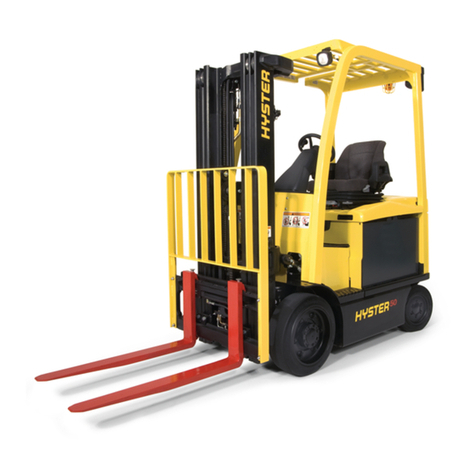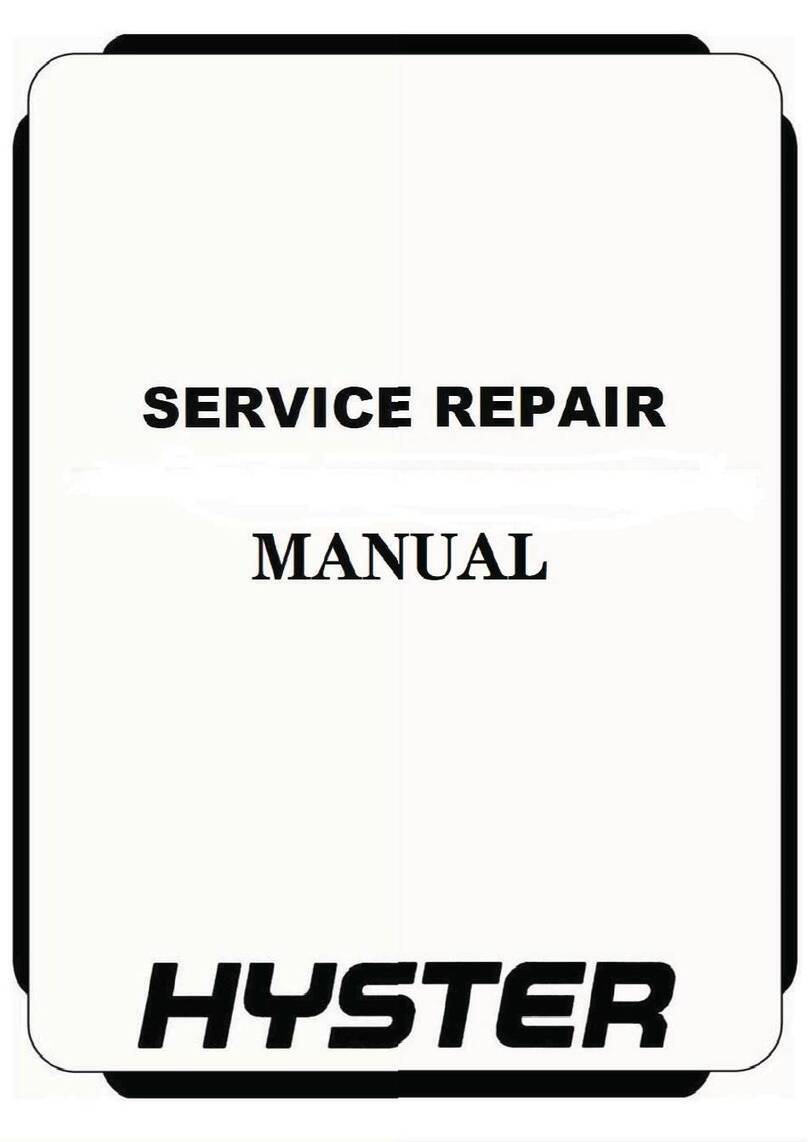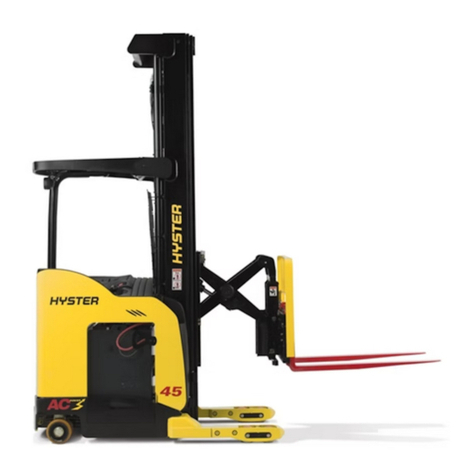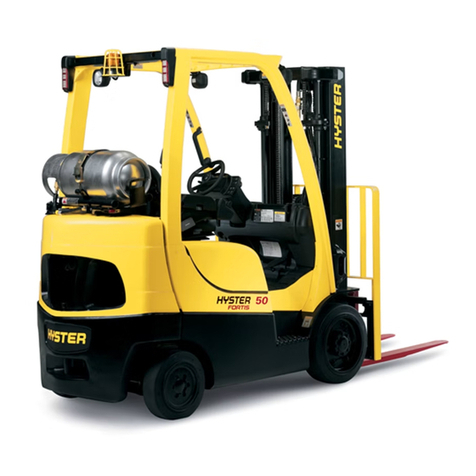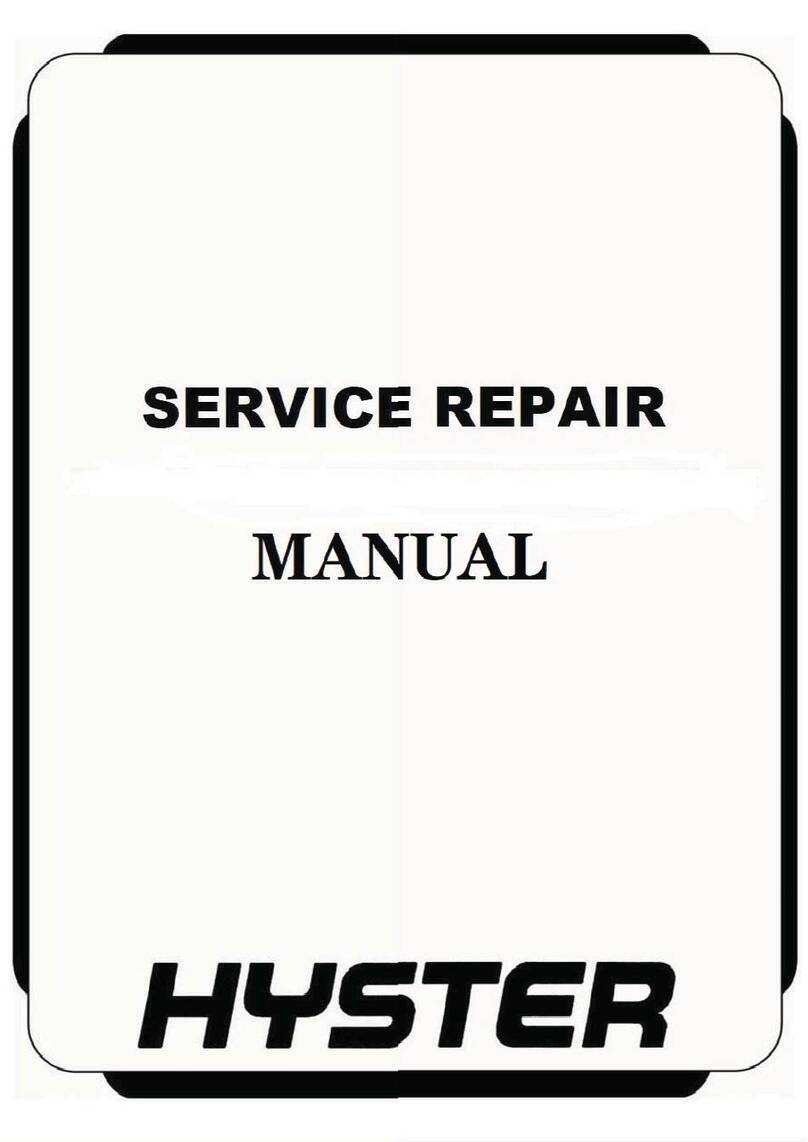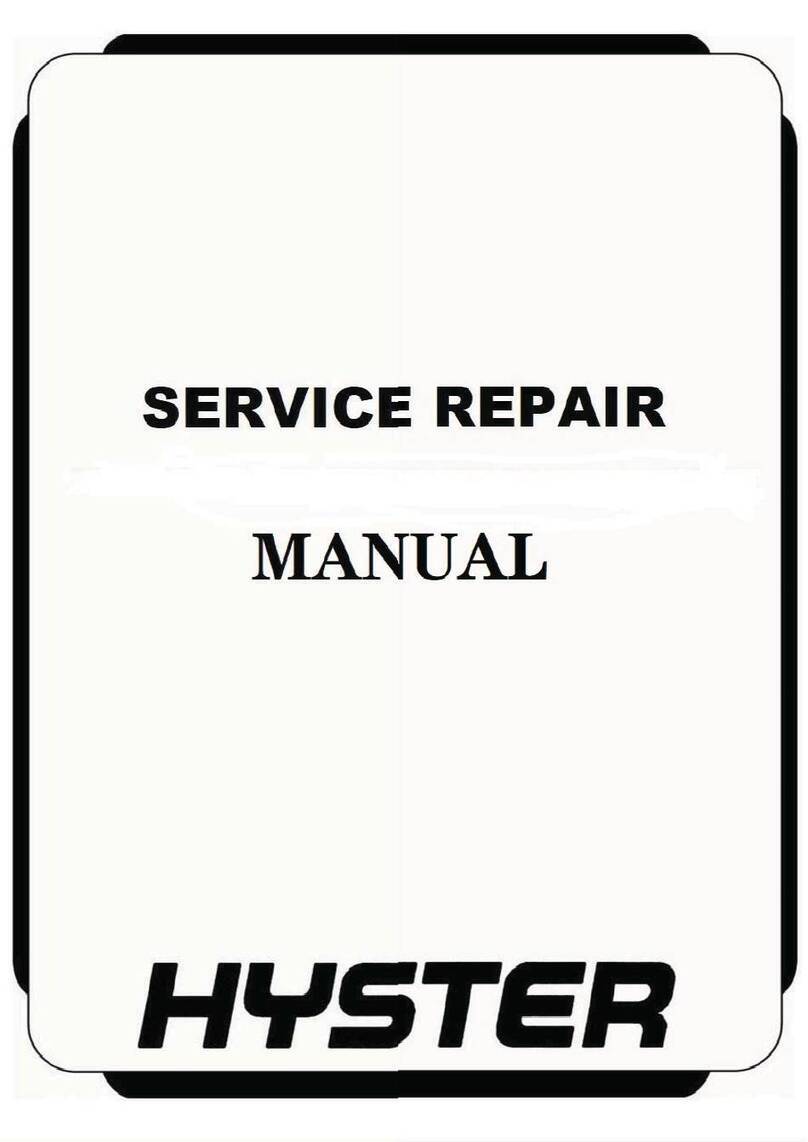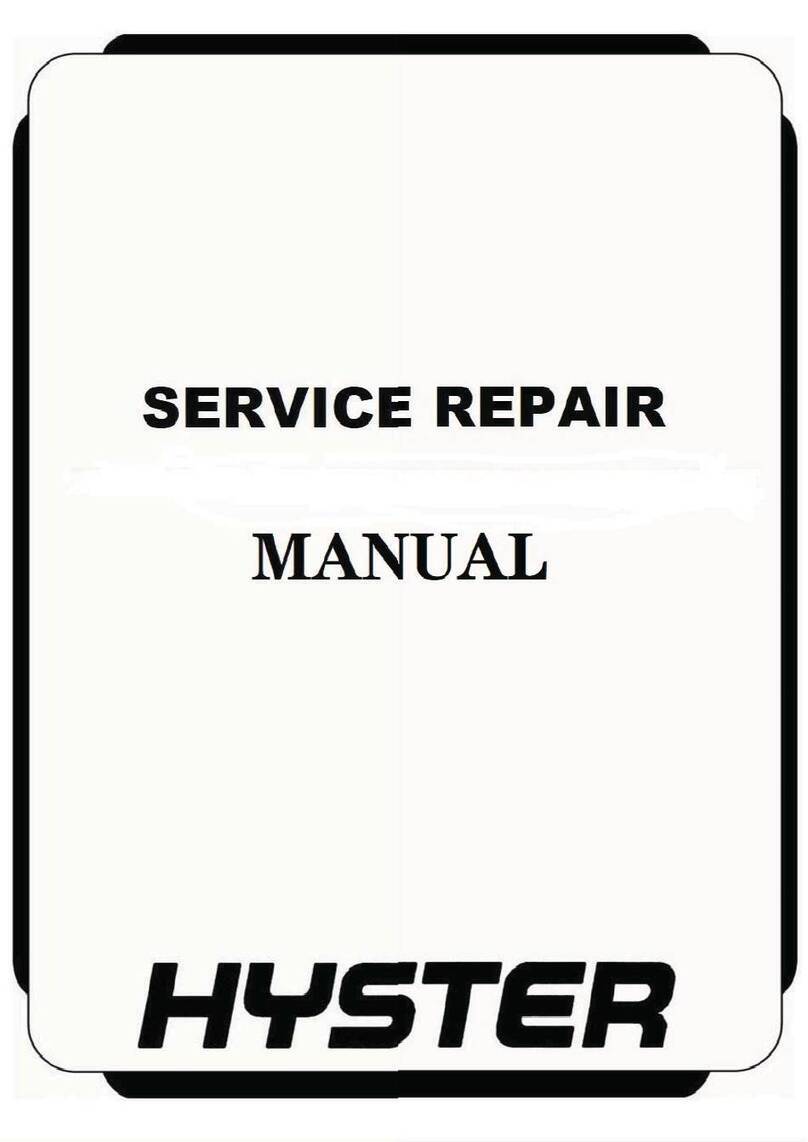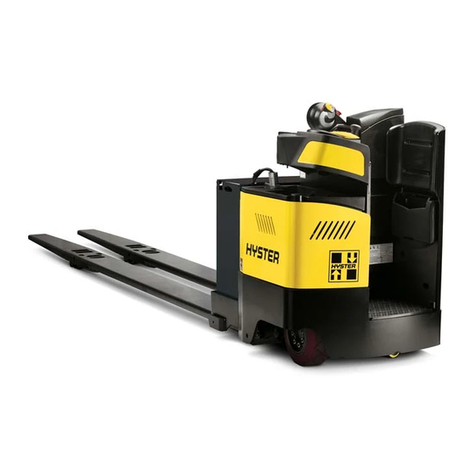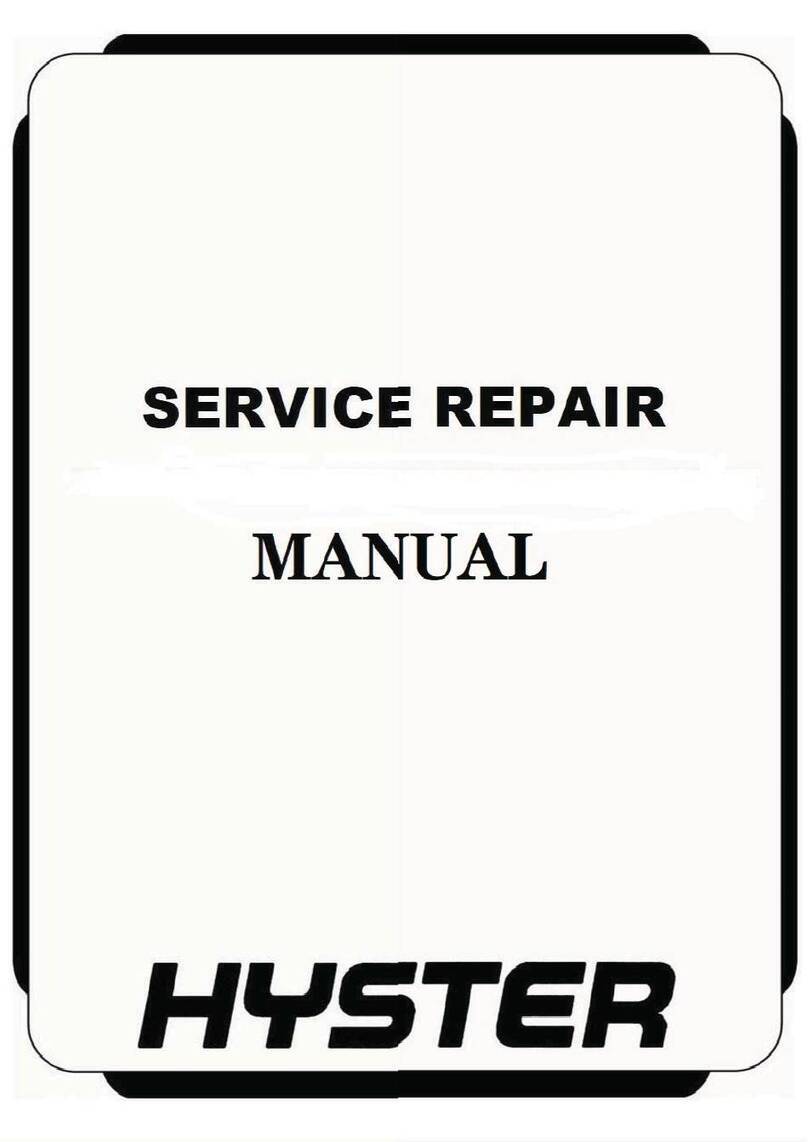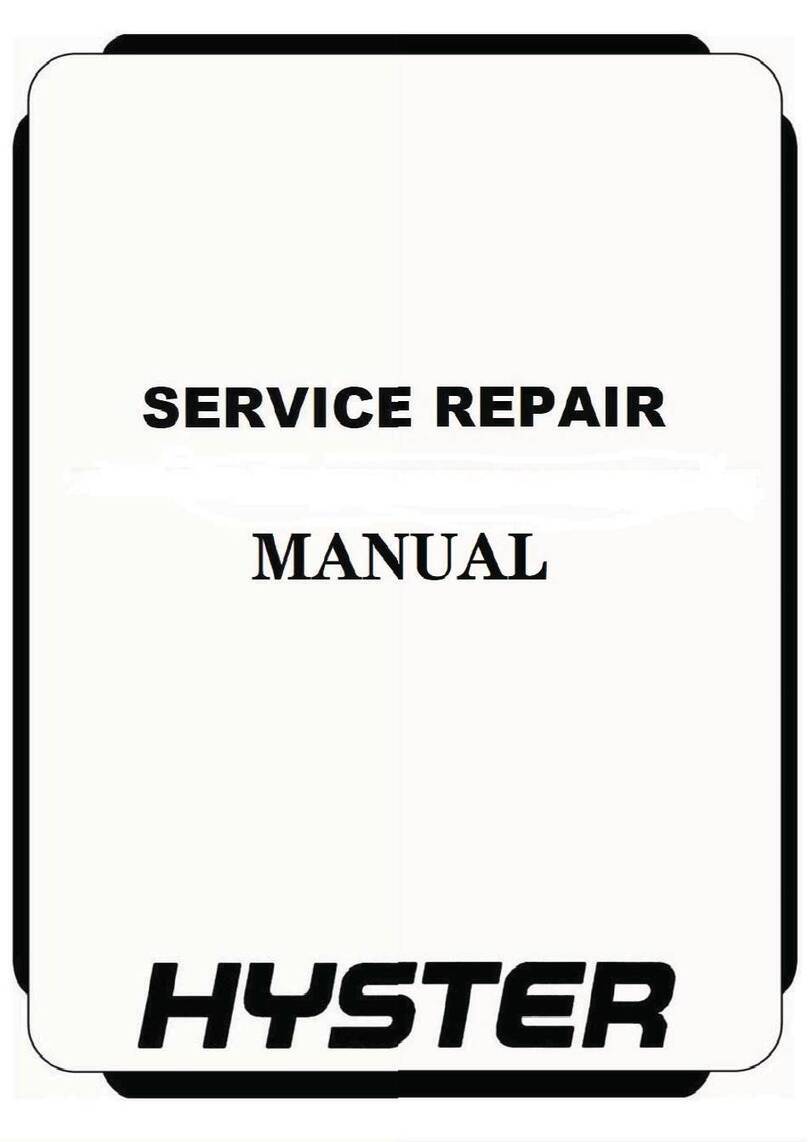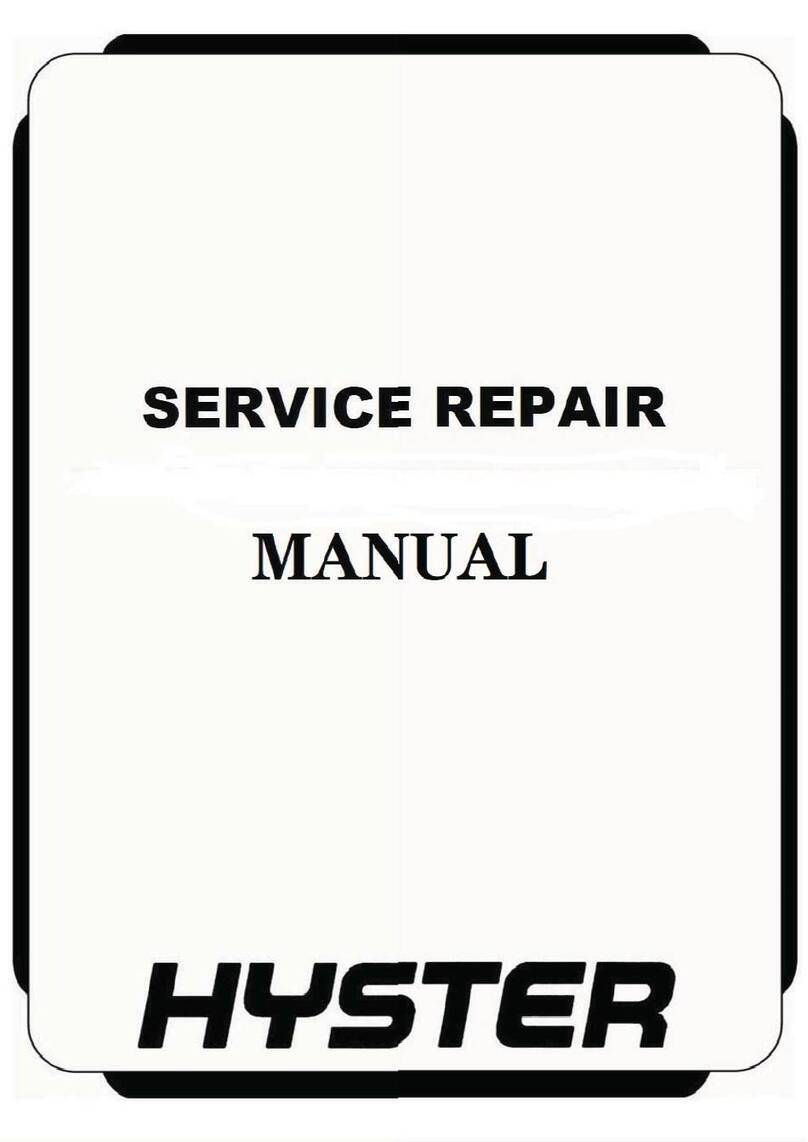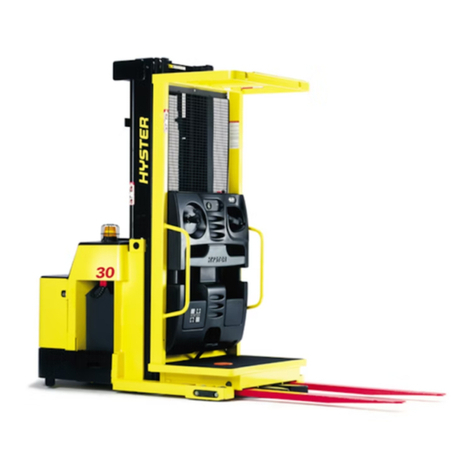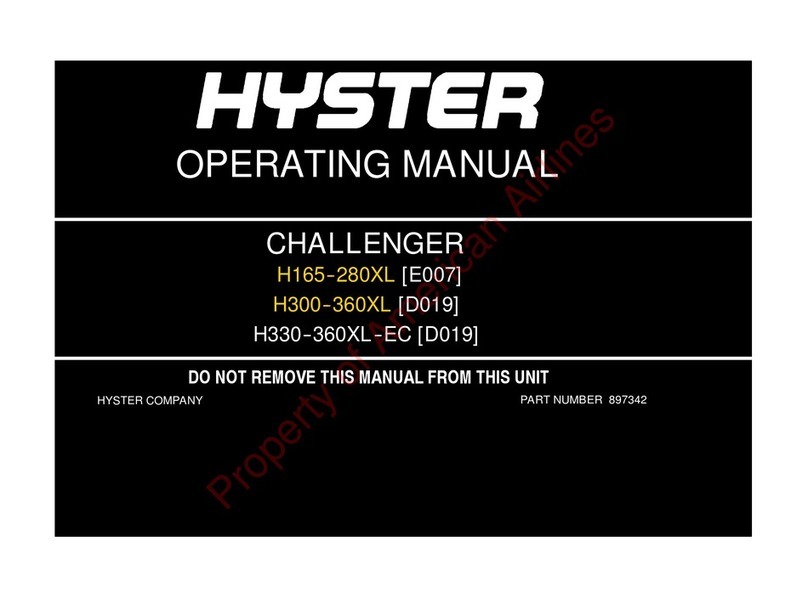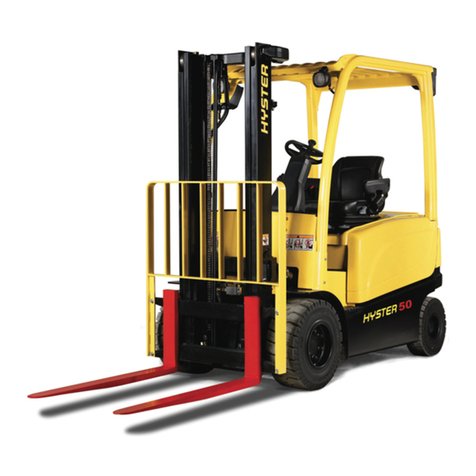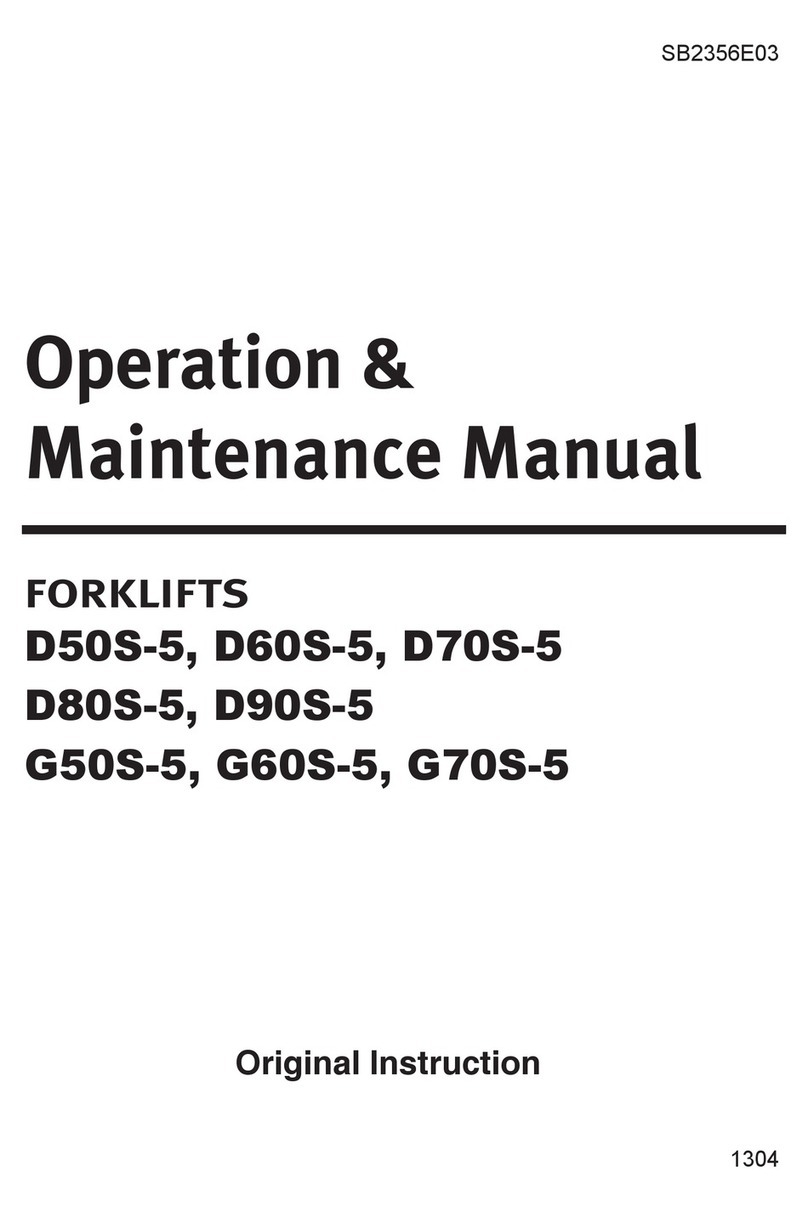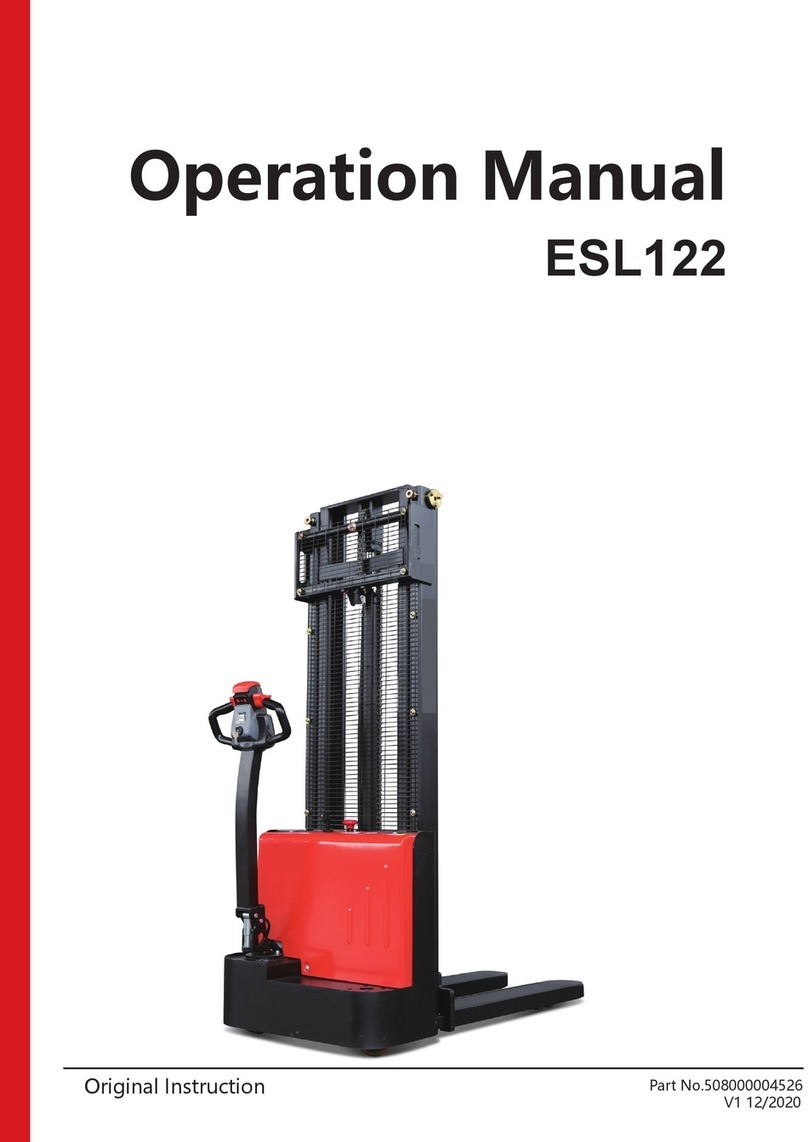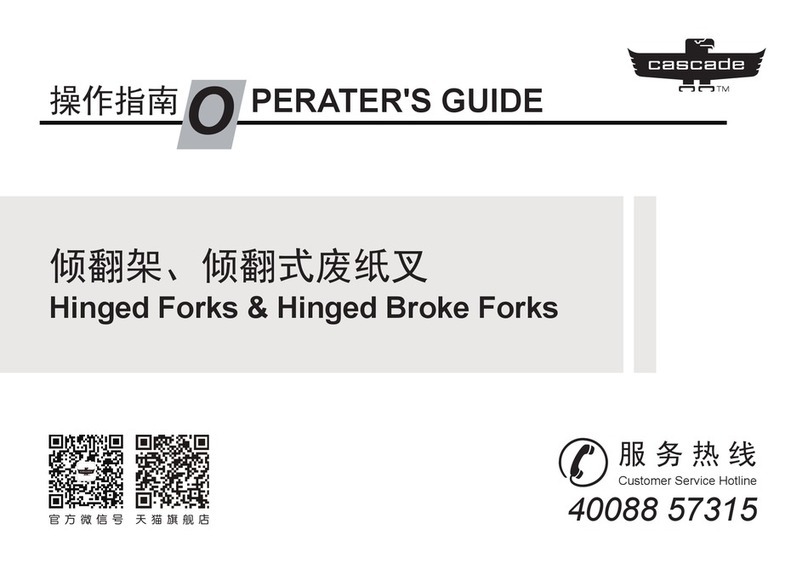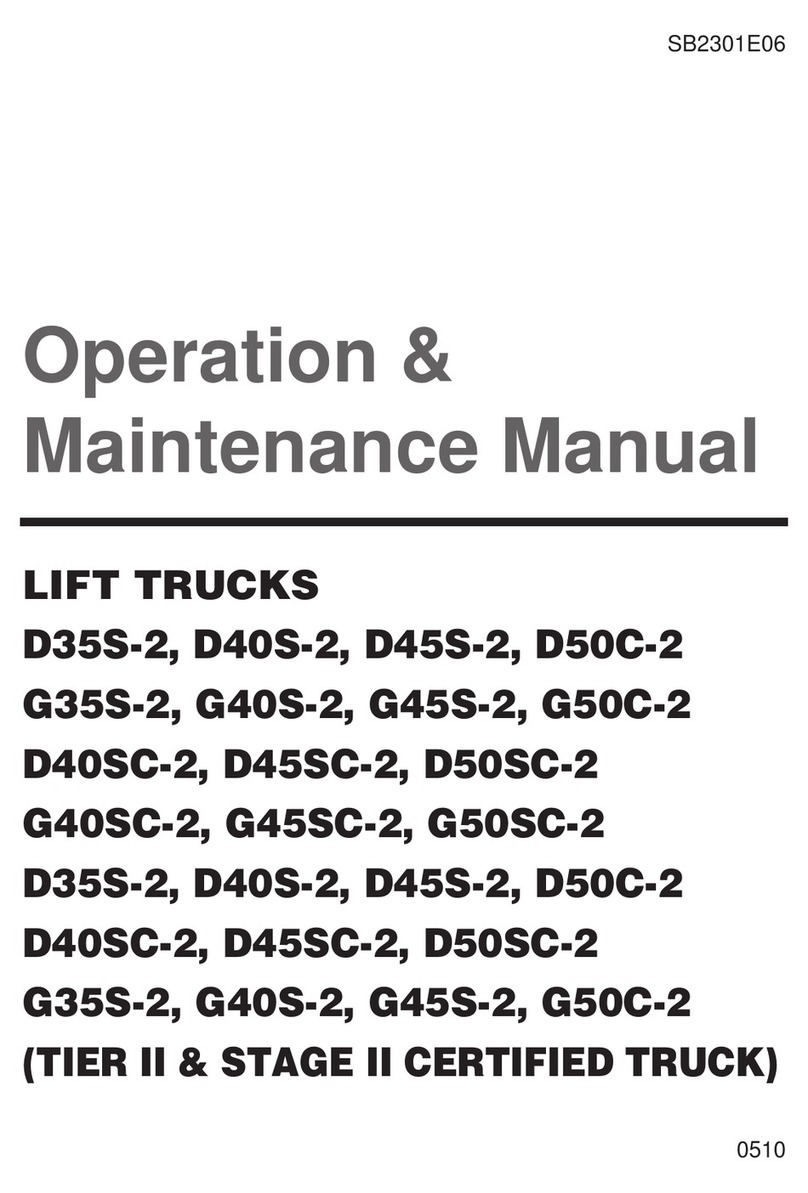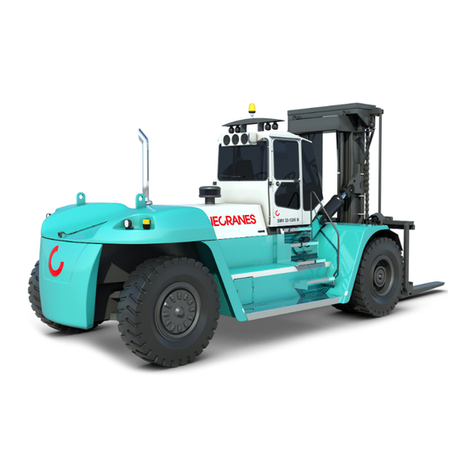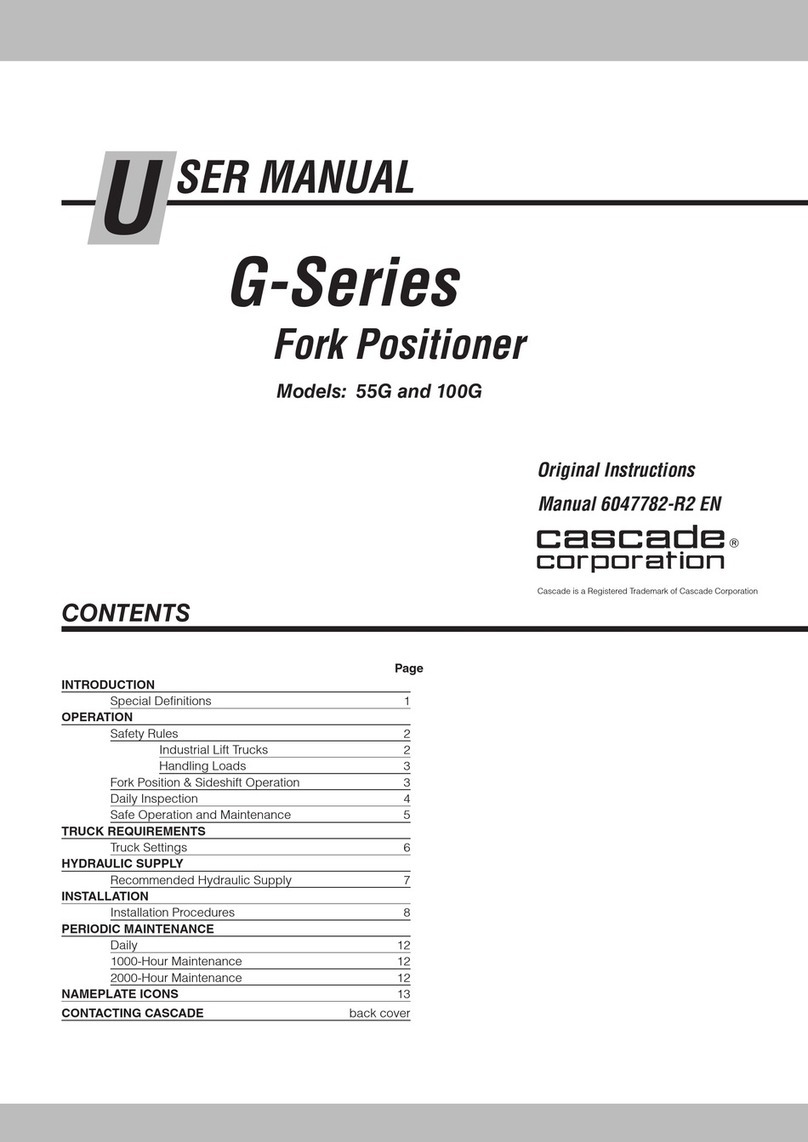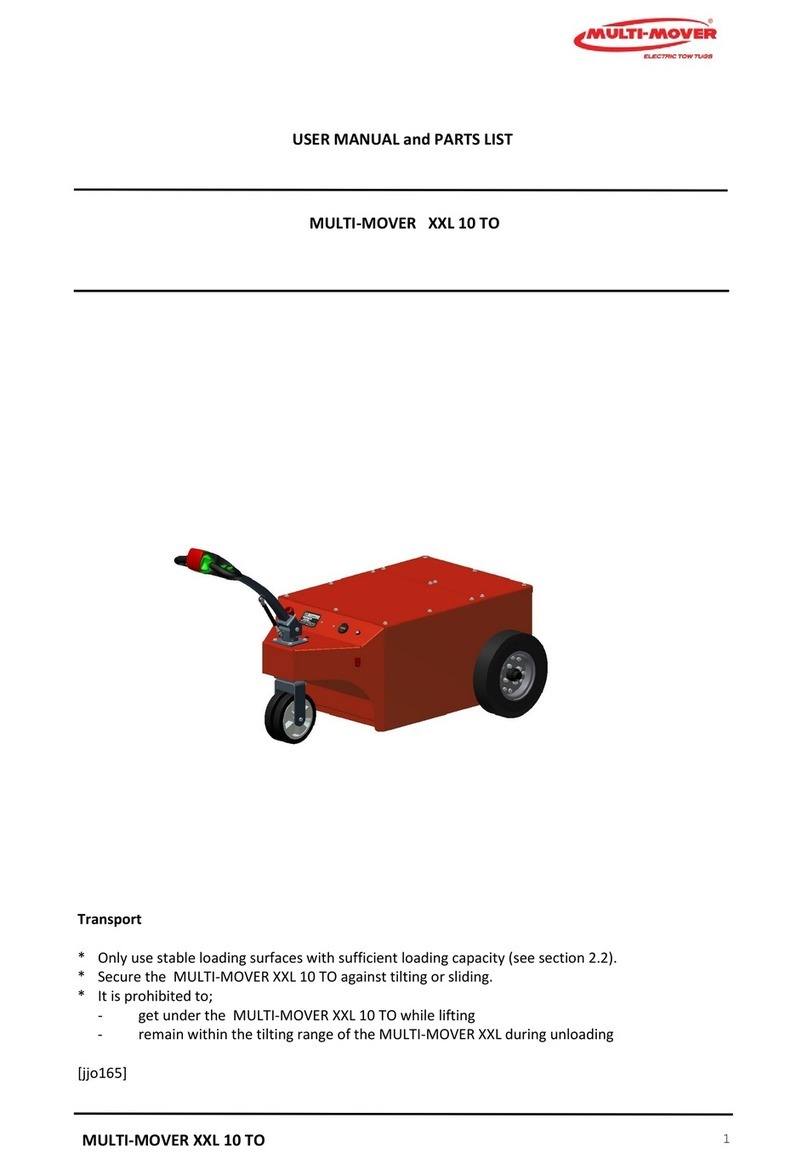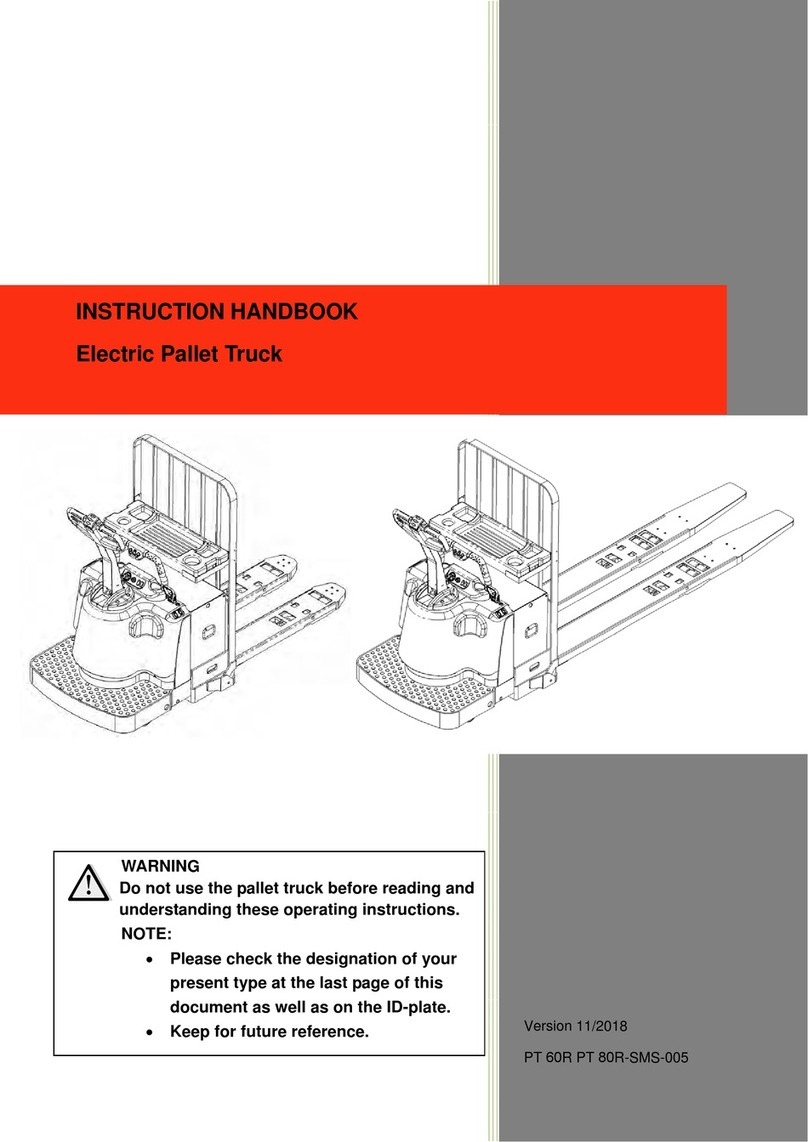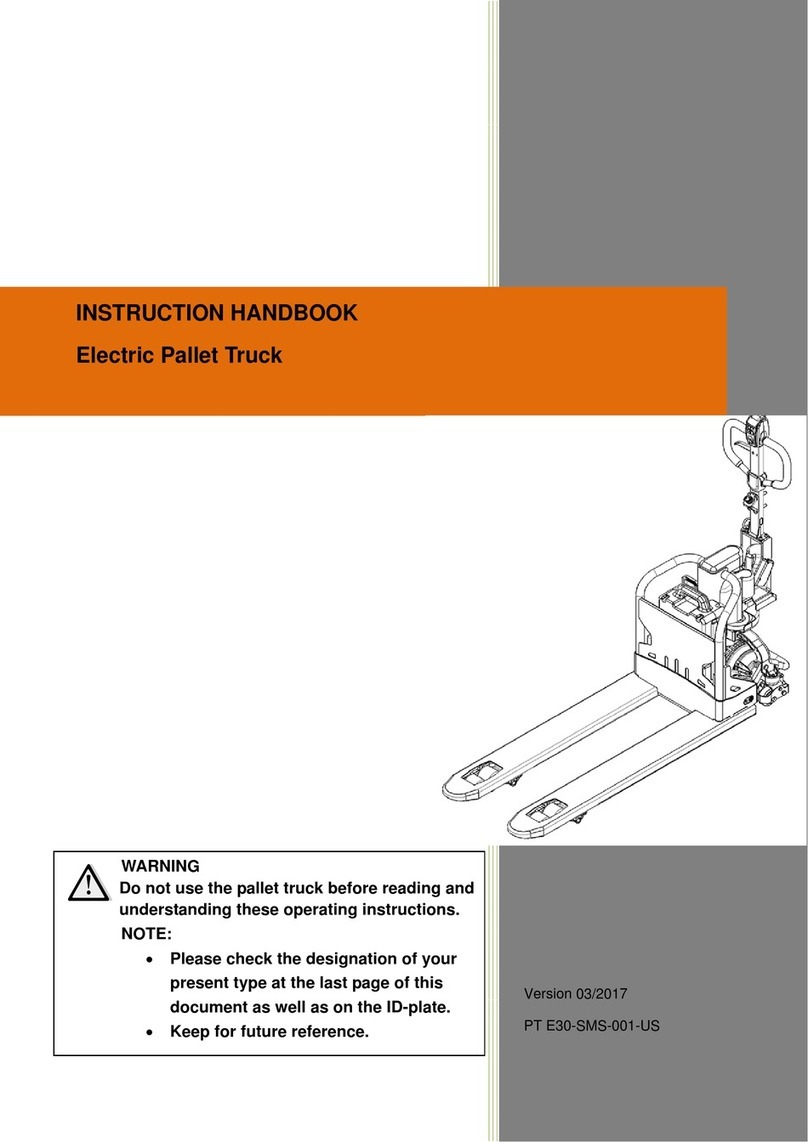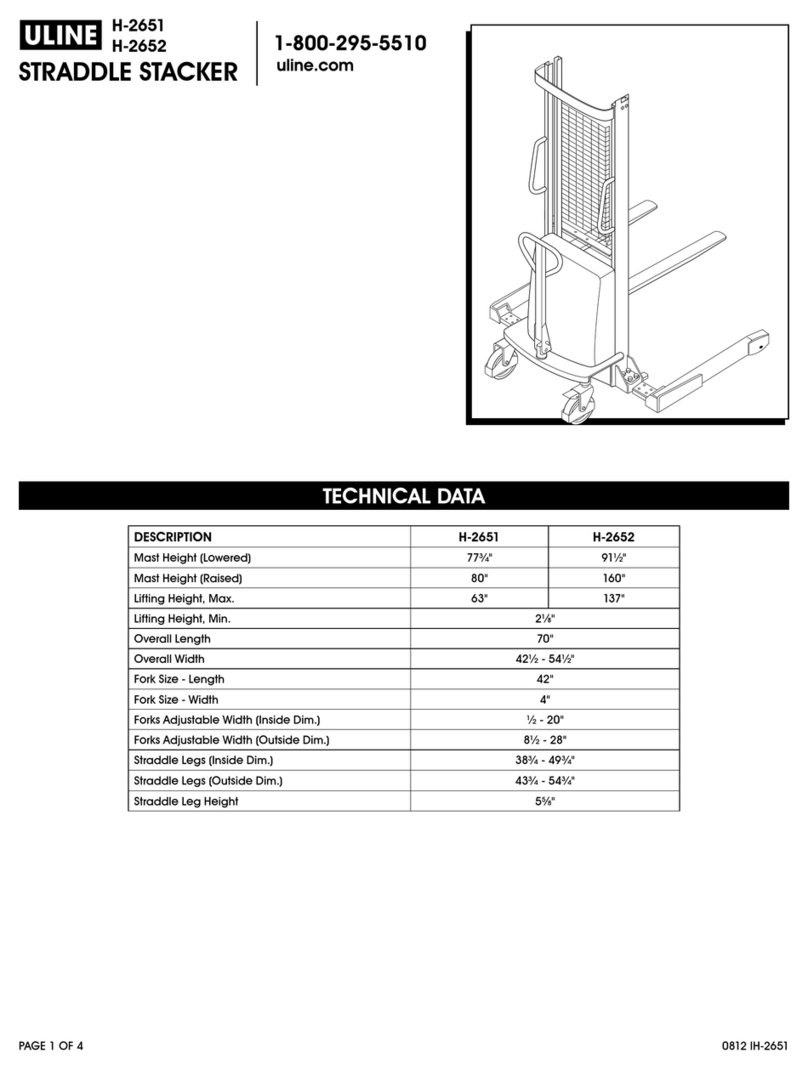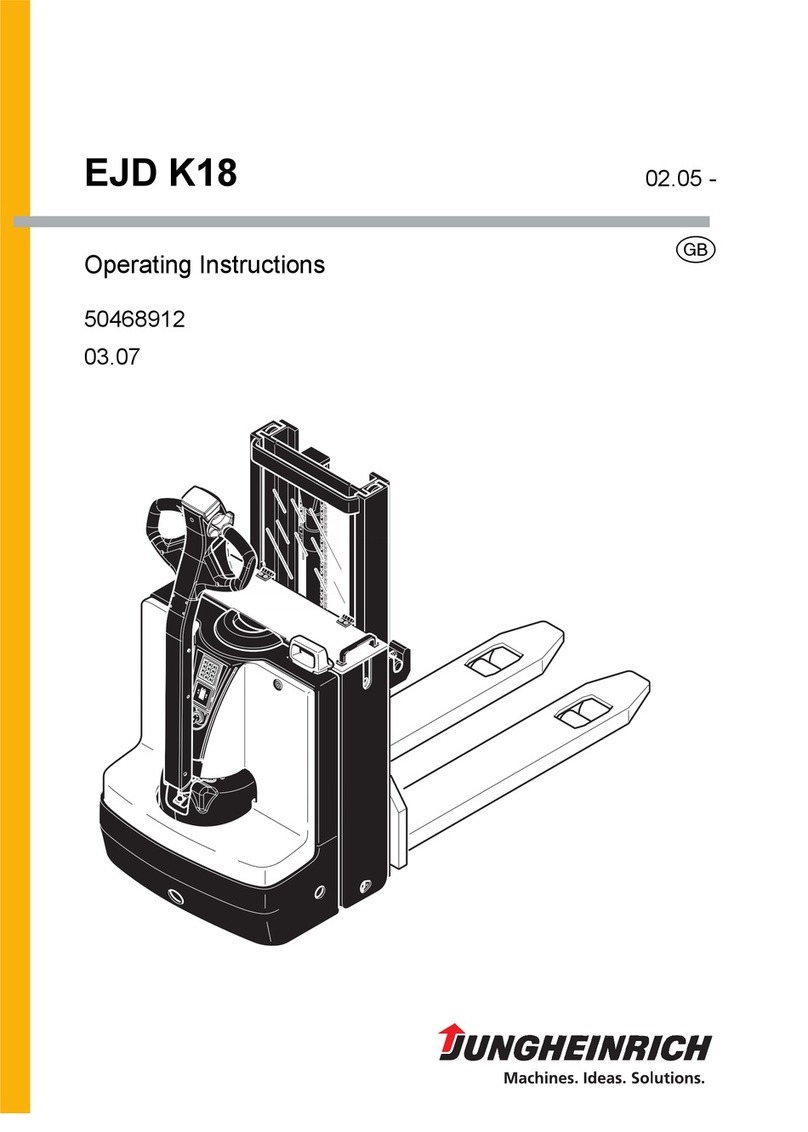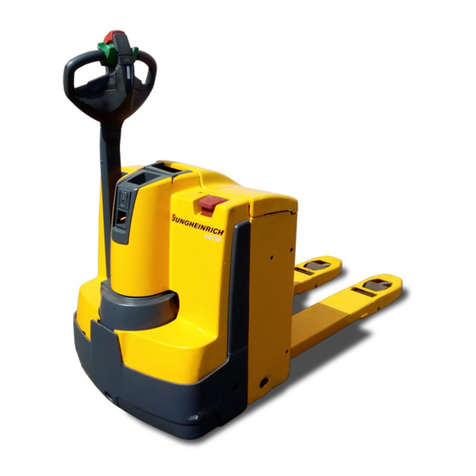
Service Brake Table of Contents
TABLE OF CONTENTS
General ............................................................................................................................................................... 1
Description and Operation ................................................................................................................................ 1
Repair ................................................................................................................................................................. 2
Remove ........................................................................................................................................................... 2
Brake Assembly......................................................................................................................................... 2
Spindle and Brake Cover .......................................................................................................................... 5
Disassemble ................................................................................................................................................... 6
Clean .............................................................................................................................................................. 8
Ground and Polished Parts....................................................................................................................... 8
Parts With Rough Finish .......................................................................................................................... 8
Wet Disc Brake and Axle Assembly ......................................................................................................... 8
Inspect ............................................................................................................................................................ 8
Face Seals .................................................................................................................................................. 8
Disc............................................................................................................................................................. 9
Wear Limits........................................................................................................................................... 9
Replace ........................................................................................................................................................... 9
Parts........................................................................................................................................................... 9
Assemble ........................................................................................................................................................ 9
Brake Housings ......................................................................................................................................... 9
Install ............................................................................................................................................................. 12
Hub Oil Seals............................................................................................................................................. 12
Double Seals.......................................................................................................................................... 12
Single Seal............................................................................................................................................. 12
Spindle and Brake Cover .......................................................................................................................... 13
Brake Housing........................................................................................................................................... 15
Specifications...................................................................................................................................................... 18
Brake Coolant ................................................................................................................................................ 21
Coolant Change Intervals ......................................................................................................................... 21
Break-In................................................................................................................................................. 21
Normal Maintenance ............................................................................................................................ 21
Hydraulic Fluid.............................................................................................................................................. 21
Troubleshooting.................................................................................................................................................. 21
This section is for the following models:
RS45-30CH, RS46-33CH, RS45-27IH, RS46-60IH (RS45-30CH,
RS46-33CH, RS45-27IH, RS46-60IH) [A222];
HR45-25, HR45-27, HR45-31, HR45-40S, HR45-36L, HR45-40LS,
HR45-45LSX, HR45H [A227, B227];
H36.00-48.00E (H800-1050E) [D117];
H36.00-48.00E-16CH (H800-1050E-16CH) [D117];
H20.00-32.00F (H440-700F/FS) [E008]
©2003 HYSTER COMPANY i

